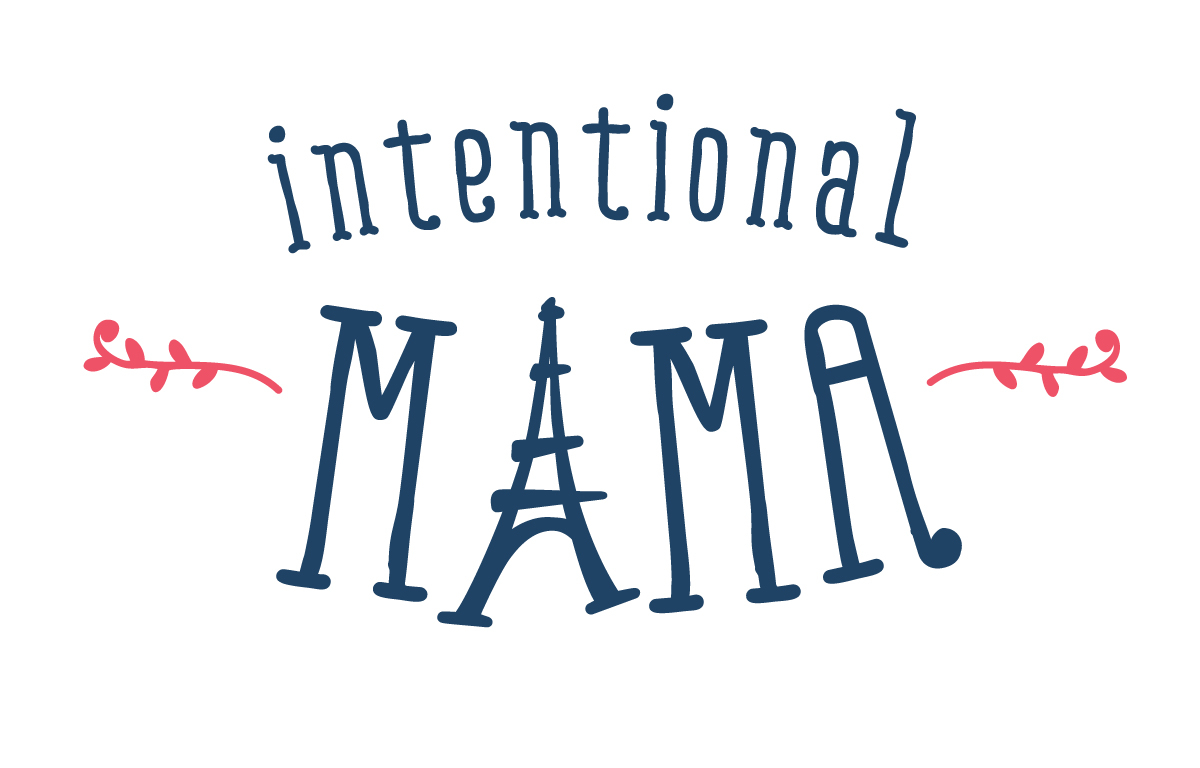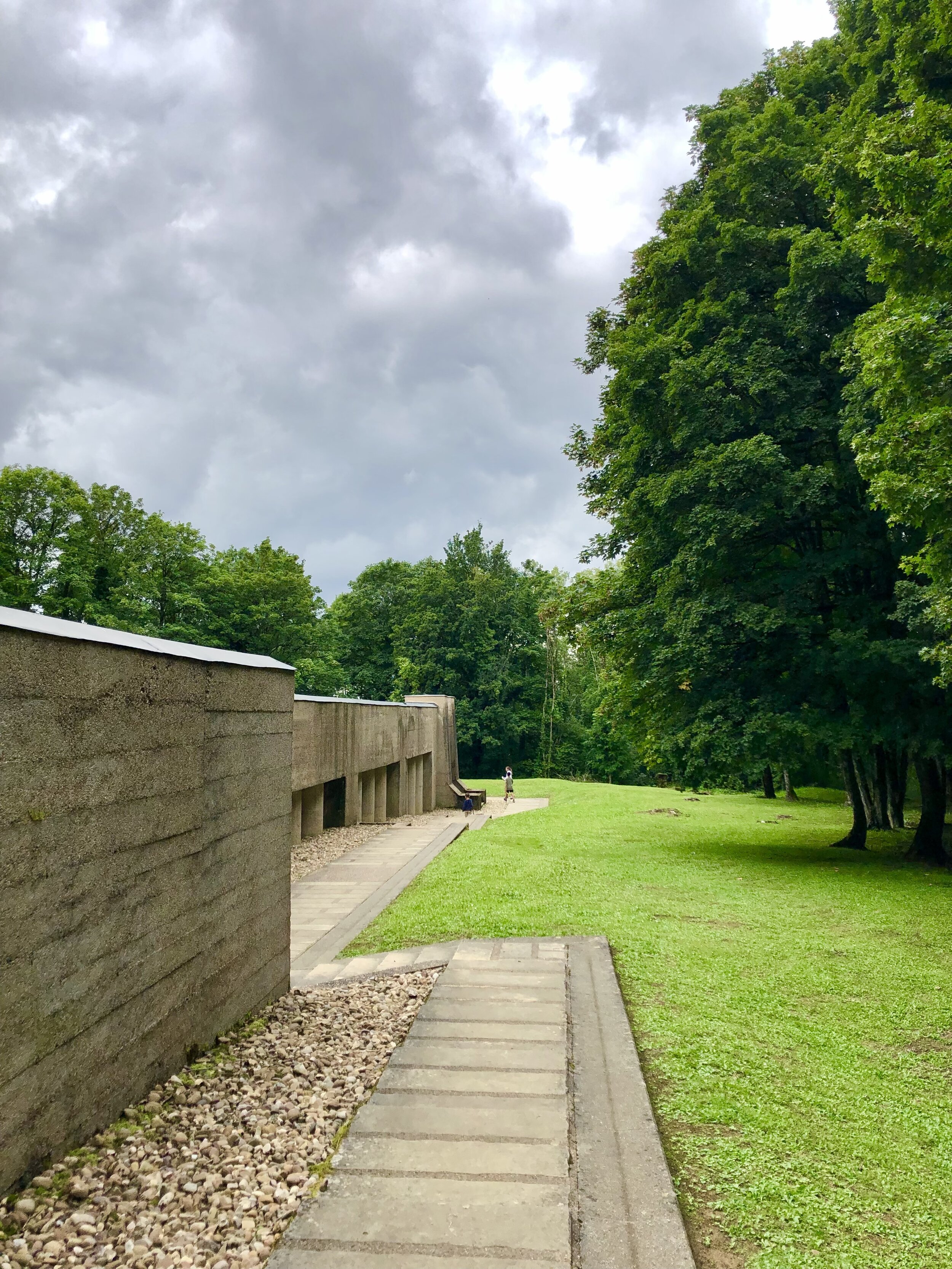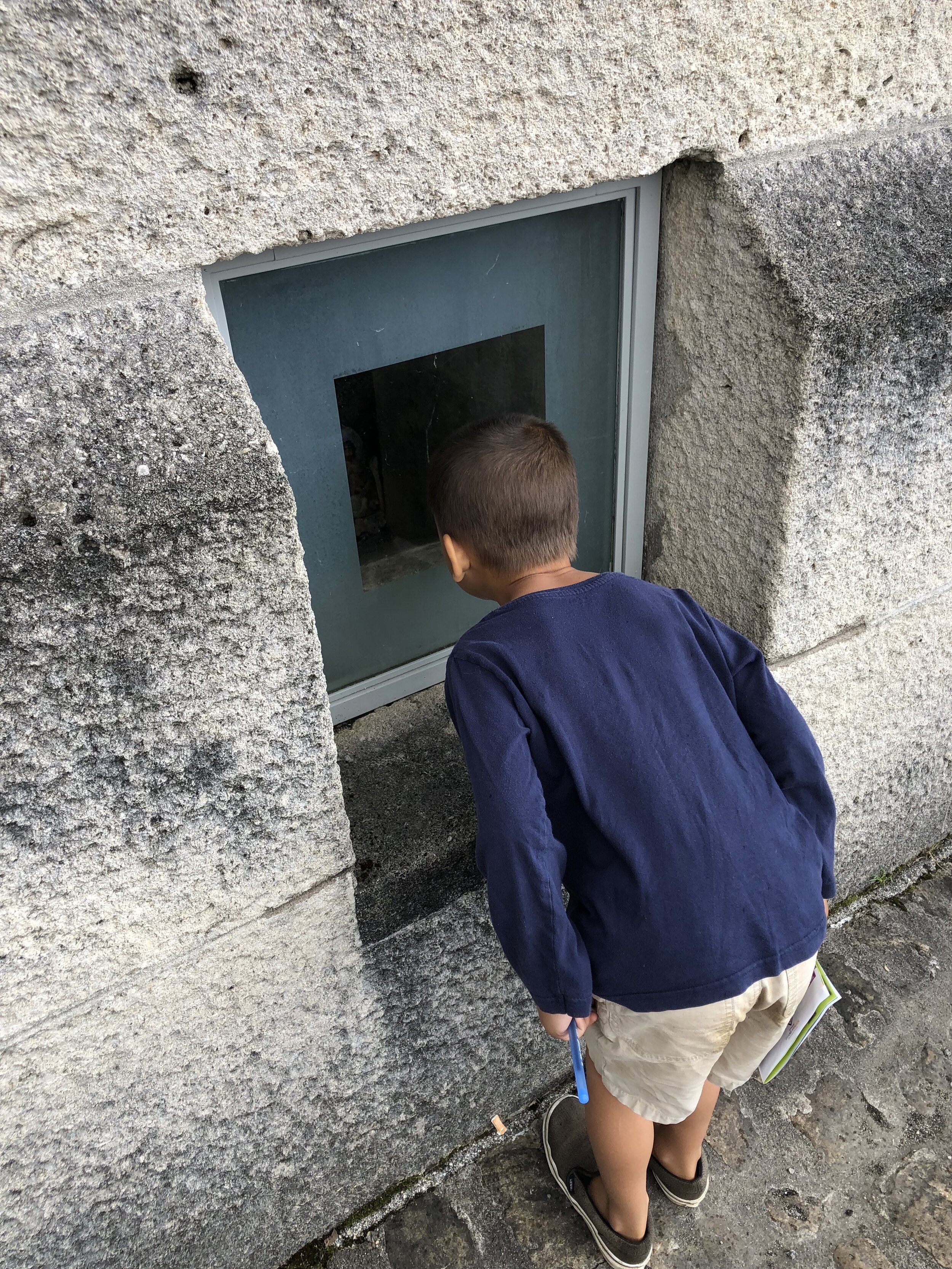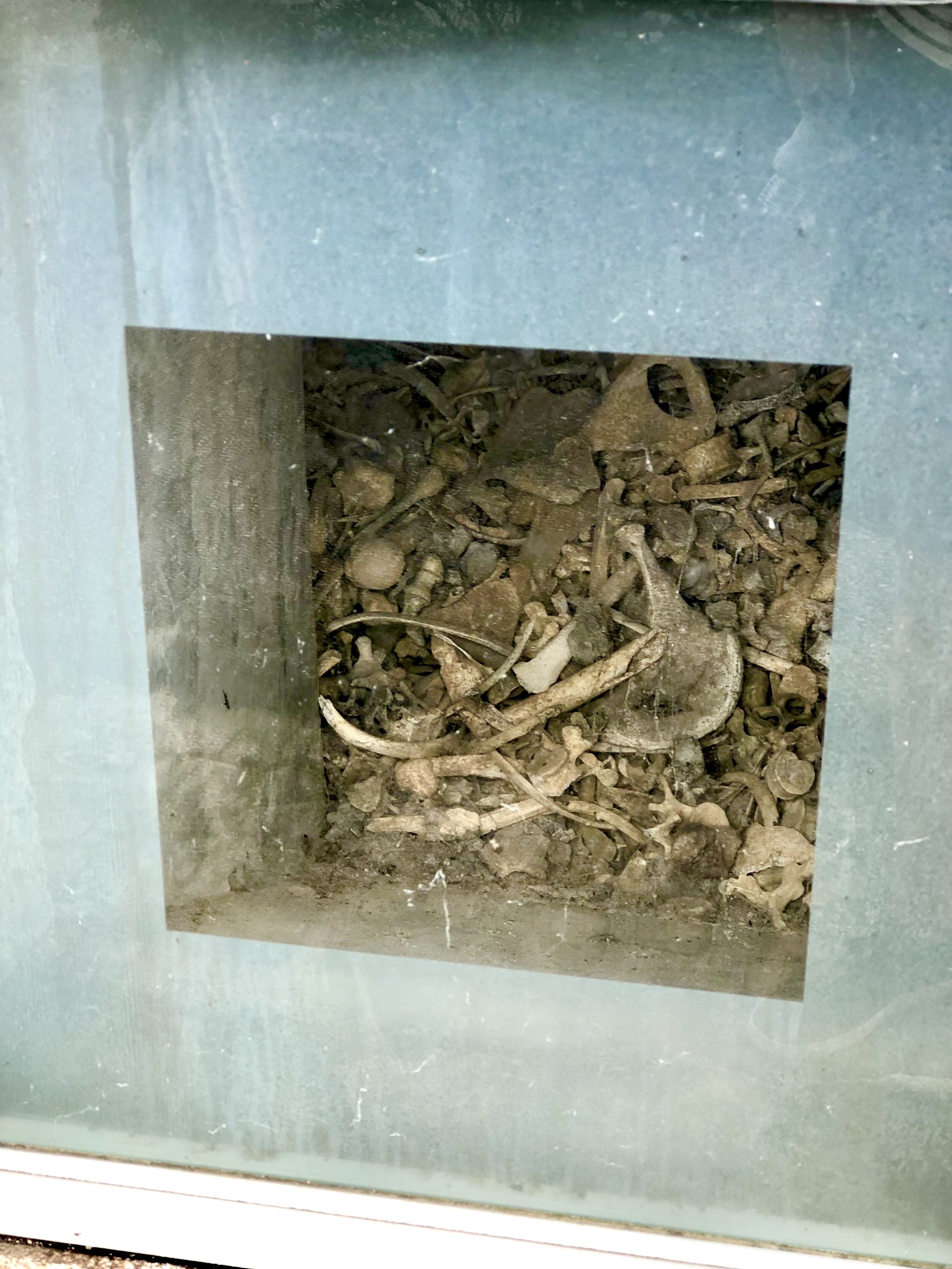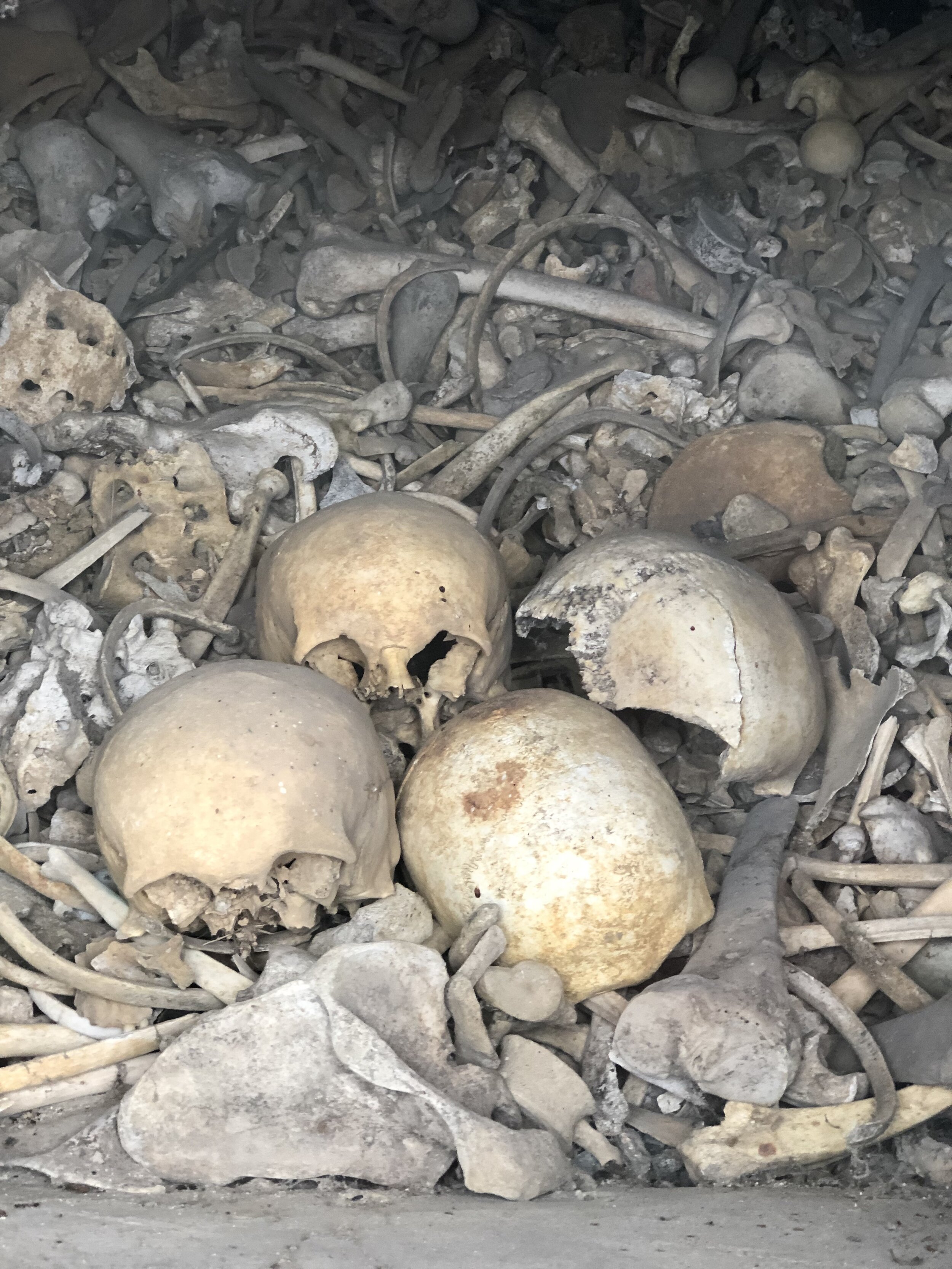A Family Visit to Verdun: Tragic History Amid Natural Beauty
The site of World War I’s longest and bloodiest battle, Verdun, France is a place that now testifies both to the human cost of war and to the peace of Armistice. Having taught Modern World History for nearly two decades, my husband wanted to visit this historic site. What’s more, our older children (ages 6-12) will also study Modern World History as part of their homeschool studies this year, so this excursion was planned to help them understand some of the setting and context of this battle.
Our children at the Douaumont cemetery
We set out for the French city of Verdun in our rental car, a Peugeot 5+2, meaning it was a 5-seater with two tiny pop-up seats that take up the limited trunk space. No matter--at least our family of seven could fit in a single car! From Metz the route is a scenic one hour drive past sunflower fields and rolling countryside on a toll highway (costing a little over €5 each way) towards Reims. In Verdun we parked at the local stadium for free parking and walked to the Grand Verdun Tourist Office. Even though I’d researched a few of the historic sites beforehand, I still wasn’t sure which were best for children, or even where we should start. An employee gave each of my children a children’s pamphlet in French: Vadrouille la Grenouille, for ages 6-12. This was a great help since it lists five sites and gives children a puzzle to unravel at each one. But before our drive to the first site, the Bayonet Trench, we walked across the street from the tourist office to Parc Japiot for a picnic lunch. Japiot is a pretty park with artwork, sculptures, a gazebo, a duck pond, and multiple playgrounds. Our kids were happy for the chance to play outdoors after the drive.
The Bayonet Trench
The memorial built over the trench
Our first destination was the furthest away from the town and tourist office: the bayonet trench. A fifteen-minute drive through hills and some forested areas later, we arrived at a verdant parking spot near a concrete monument amid the surrounding forest. I thought about how the 10-month battle had turned the forested area into a muddy, treeless expanse; yet now the millions of saplings planted after the Armistice have grown to form another beautiful, extended forest. Still, it was evident that the terrain was forever changed after the explosions; beneath the grass it was still notably lumpy and rolling in many places, having been heaped up or blown down by explosions.
The trench and the grave markers beyond the barbed wire
Those same explosions are the background for this monument: the bayonet trench site is a memorial to the 57 French soldiers who were preparing to attack when a German shell exploded and buried them alive, leaving their bayonets poking up out of the earth where they had held them in formation. It’s a gruesome event to envision. The memorial is a concrete shelter over crosses marking where the men gave their lives. My children wanted to know why the bayonets are no longer there.
The memorial over the bayonet trench
The Douaumont Ossuary
Site #2 was the Douaumont Ossuary, which is bone depository and memorial for the 130,000 estimated German and French soldiers whose remains went unidentified. We didn’t plan to go inside, but we wanted to visit the large cemetery on the battlefield there. Nonetheless we walked around the perimeter of the ossuary, which was built in 1920 in the shape of a sword’s hilt plunged into the earth.
The Douaumont ossuary, representing a sword’s hilt, and the vast cemetery
As we walked the length of the back of the ossuary, we were a bit shocked to glance in the small windows to see the long vault piled with bones--human bones. Knowing it was an ossuary, this shouldn’t have been such a shock, but the sheer number of bones was really sobering. Having taken anatomy the previous year, I recognized craniums and femurs and ribs and so on. To me, each bone I could see represented a man who hadn’t wanted to die but who gave his life to fight for his countrymen.
Below the ossuary is the vast cemetery of more than 16,000 graves. Each cross had a nameplate and a simple red rose bush planted in front of it. Some nameplates listed up to three soldiers, sometimes unidentified, buried at that location. Each row varied a bit with the number of graves marked. In the far right portion of the cemetery the grave markers are not crosses but a simple white marker shaped like the outline of a mineret to represent the Muslim soldiers buried there. There is also an islamic-style monument that was recently built. On the left side there is a monument dedicated to the Jewish soldiers.
My husband and youngest son at Douaumont Cemetery
The muslim portion of the Douaumont cemetery
Verdun Memorial
There were four more stops listed in the children’s activity booklet: Douaumont Fort, Fleury-Devant-Douaumont, Pamart Bunker, and Vaux Fort. However, with the afternoon waning, we only had energy left to visit the Verdun Memorial built on the battlefield next to the destroyed village of Fleury-devant-Douaumont. The memorial was built in the 1960s but in 2018, it was entirely renovated and expanded as the main interactive museum of Verdun in light of the 100th year since the battle occurred.
The Verdun Memorial, renovated and reopened in 2016 as an interactive museum
Currently the Verdun Memorial has the Covid pass sanitaire in place, but I was able to show my printed lab result as proof of recovery from Covid within the past six months, and my husband still had proof of his negative PCR test result so we could be granted admission. The pass sanitaire requirements will not apply to 12-17 year olds until September 30th, 2021.
Looking down at the muddy recreation of Verdun’s battlefield
Sgt. Stubby and other service animals of Verdun
This memorial is essentially a highly educational museum. The 5-minute introductory video explaining the background of the First World War was excellent--my husband would love a copy of it to share with his Modern World History classes. Our children were interested by the sensory aspects of the displays, such as the fake mud, the loud soundtrack of airplane engines besides aerially hung planes, and the memorabilia such as uniforms, medals, food tins, field telephones, and photographs. I appreciated reading about the letters men wrote home (“I cannot find words to translate my impressions. Hell cannot be so terrible. Men are mad!”) and about the service animals who were lauded by the soldiers. (Pre-visit, I recommend children ages 8 and older watch the animated story of Sergeant Stubby: An American Hero. It tells the true tale of a bull terrier who helped the American soldiers at Verdun, particularly by warning of impending gas attacks and sniffing out an infiltrator.) Other notable service animals of World War I include carrier pigeons (such as Cher Ami), and donkeys who persisted in transporting supplies even after sustaining serious injuries.
The Verdun Monument to Victory and to the Soldiers of Verdun
Our final stop was a return to modern Verdun, now a thriving little city of 18,000 people, in order to see the Verdun Monument to Victory inaugurated in 1929. The monument consists of a tall and wide staircase leading to a crypt, inside which is printed the names of the French soldiers who were honored with a Verdun medal. Looming over this is the statue of a hundred-foot tall warrior resting on the hilt of a downward-facing sword. The statue is iconic and intimidating, but also beautiful in the angular art nouveau style of the time.
The Verdun Monument to Victory and to the Soldiers of Verdun, completed in 1929
At the bottom of this monument in modern Verdun there happens to be a carousel for children, spinning round with its colorful lights and cheery music in the midst of a thriving downtown shopping area. It was nice to see that the town seems healthy, serving as a reminder that life goes on as the soldiers would likely have wanted had they been able to live fuller, longer lives in peacetime. Likewise, the forested terrain outside Verdun is a refuge worth visiting, with multiple hiking paths and bike trails giving visitors time to reflect on the natural beauty and tragic history around them.
Have you ever visited a war cemetery? What do you recall about the background of World War I? Would you want to tour the sites of Verdun?
